The Sonoran Desert Network serves 11 different National Park Service units in Arizona and New Mexico. Straddling the Sonoran Desert and Apache Highlands ecoregions, network parks range from low-elevation desert scrub to high-elevation conifer forests atop the major mountain ranges or “sky islands” of the American Southwest.
Eight parks are relatively small and were established primarily to protect cultural resources. The other three--Organ Pipe Cactus National Monument, Saguaro National Park, and Chiricahua National Monument--were established to protect natural resources and comprise 98% of the network’s 454,760 acres (184,035 ha). More than 86% of the network is designated wilderness. But all network parks have at least one thing in common: natural resources, and their condition, play a vital role in each site’s past, present, and future.
The network also operates (and is located in) the Desert Research Learning Center. The Learning Center promotes the scientific understanding, protection, and conservation of Sonoran Desert Network parks by offering education, training, and volunteer opportunities. The National Park Service Southern Arizona Office is another important partner, working with the network on resource management, science, and interpretation projects for the southern Arizona parks
To learn about a specific park or partner, choose from the photos below.
Parks and Partners
-
 Casa Grande Ruins National Monument
Casa Grande Ruins National MonumentNetwork Park
-
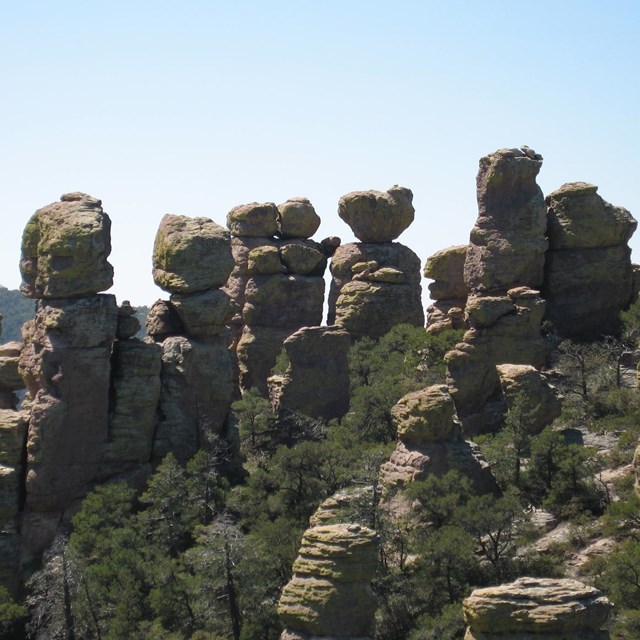 Chiricahua National Monument
Chiricahua National MonumentNetwork Park
-
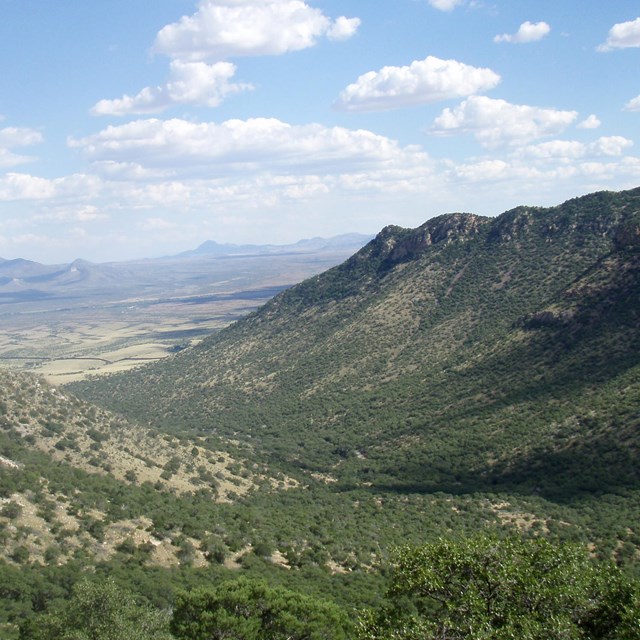 Coronado National Memorial
Coronado National MemorialNetwork Park
-
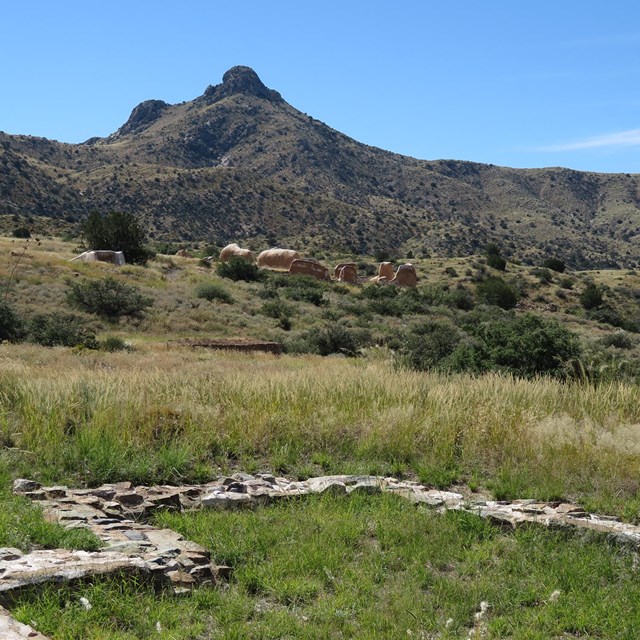 Fort Bowie National Historic Site
Fort Bowie National Historic SiteNetwork Park
-
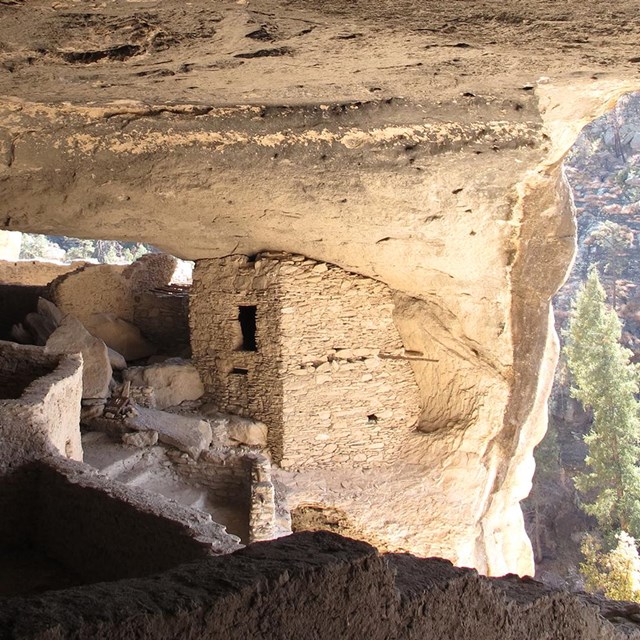 Gila Cliff Dwellings National Monument
Gila Cliff Dwellings National MonumentNetwork Park
-
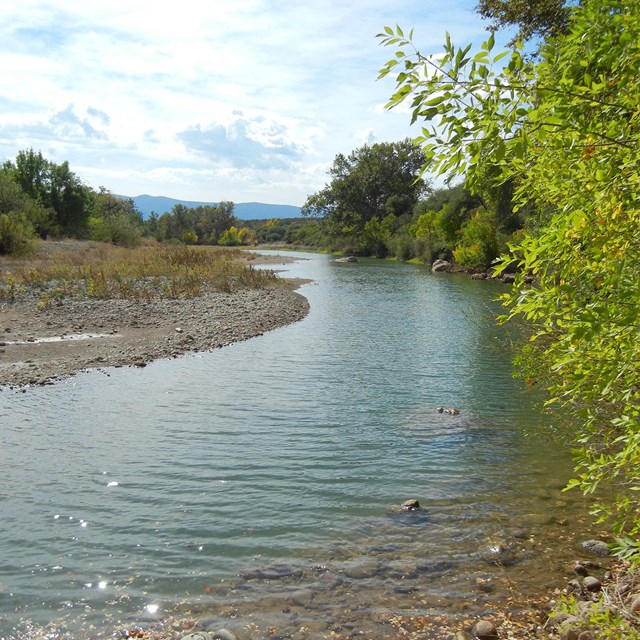 Montezuma Castle National Monument
Montezuma Castle National MonumentNetwork Park
-
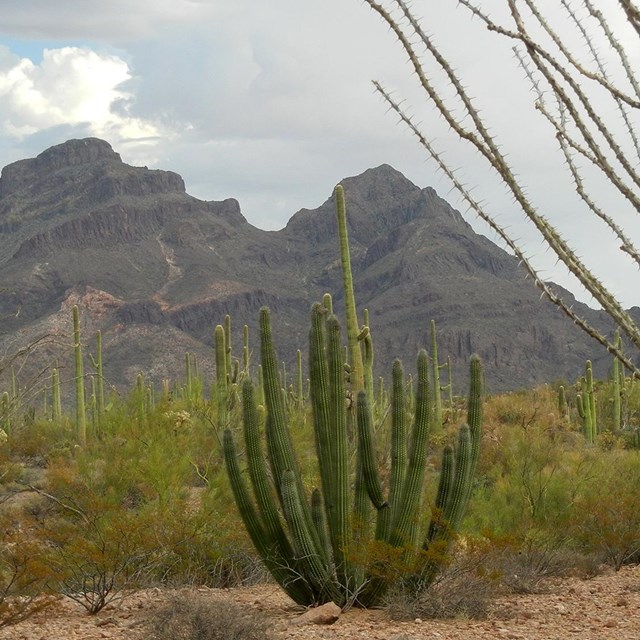 Organ Pipe Cactus National Monument
Organ Pipe Cactus National MonumentNetwork Park
-
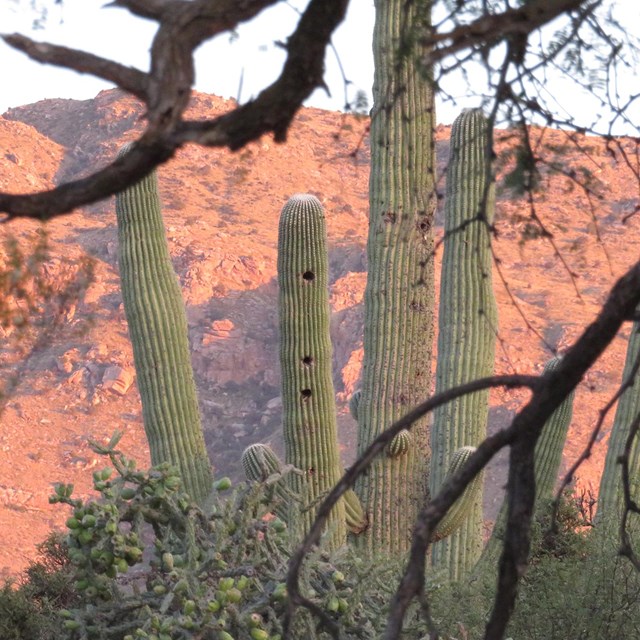 Saguaro National Park
Saguaro National ParkNetwork Park
-
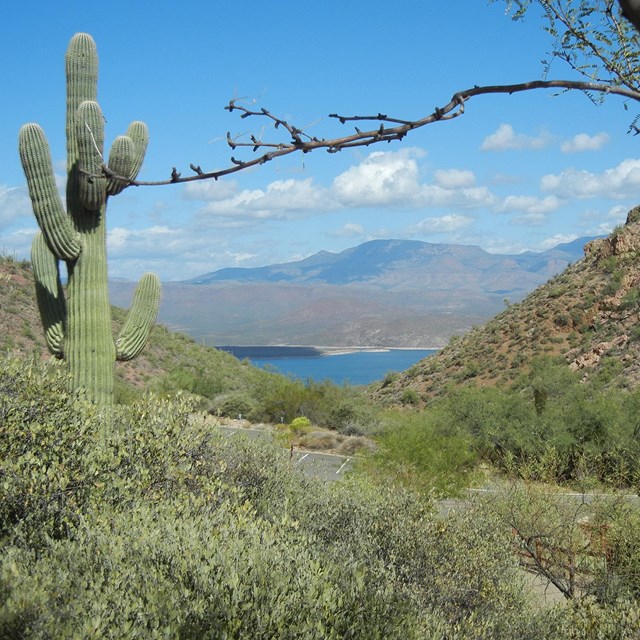 Tonto National Monument
Tonto National MonumentNetwork Park
-
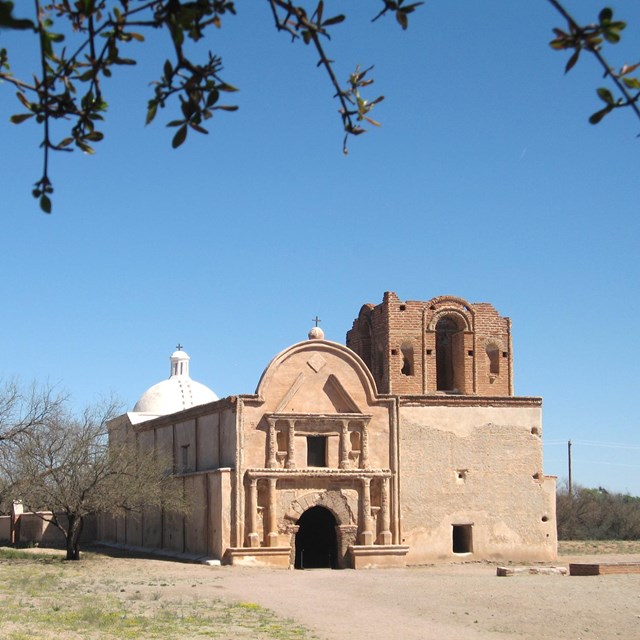 Tumacácori National Historical Park
Tumacácori National Historical ParkNetwork Park
-
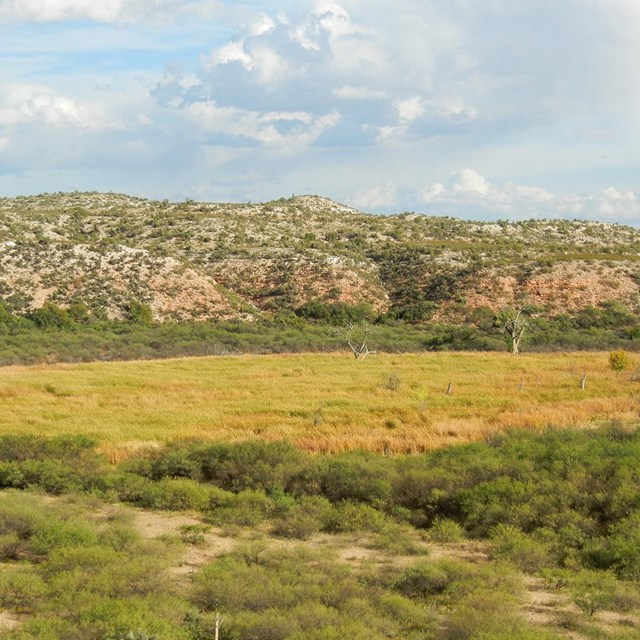 Tuzigoot National Monument
Tuzigoot National MonumentNetwork Park
-
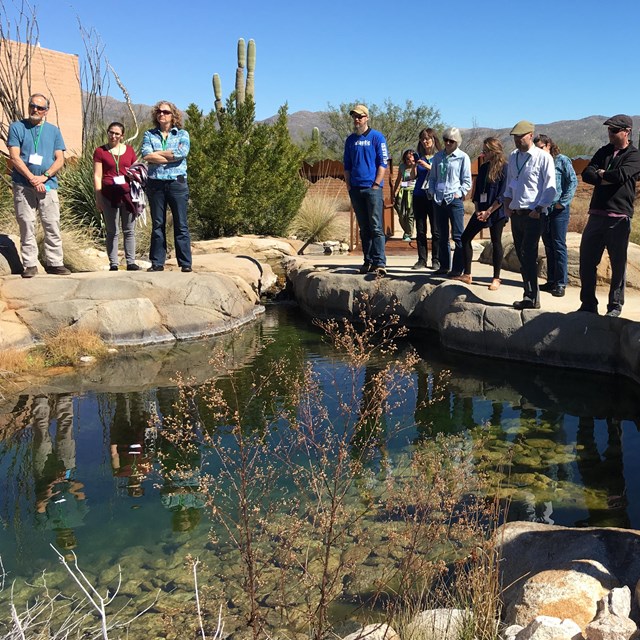 Desert Research Learning Center
Desert Research Learning CenterNetwork Partner
Last updated: December 1, 2023
